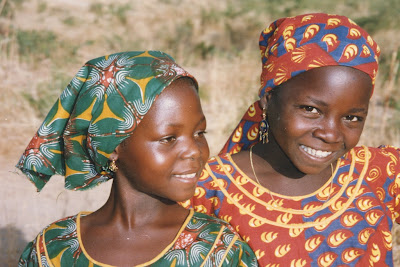Q: Why do so many women still die in pregnancy or childbirth?
A: Every minute, at least one woman dies from complications related to pregnancy or childbirth – that means 529 000 women a year. In addition, for every woman who dies in childbirth, around 20 more suffer injury, infection or disease – approximately 10 million women each year.
Five direct complications account for more than 70% of maternal deaths: haemorrhage (25%), infection (15%), unsafe abortion (13%), eclampsia (very high blood pressure leading to seizures – 12%), and obstructed labour (8%). While these are the main causes of maternal death, unavailable, inaccessible, unaffordable, or poor quality care is fundamentally responsible. They are detrimental to social development and wellbeing, as some one million children are left motherless each year. These children are 10 times more likely to die within two years of their mothers' death.
Women need not die in childbirth. We must give a young woman the information and support she needs to control her reproductive health, help her through a pregnancy, and care for her and her newborn well into childhood. The vast majority of maternal deaths could be prevented if women had access to quality family planning services, skilled care during pregnancy, childbirth and the first month after delivery, or post-abortion care services and where permissible, safe abortion services. 15% of pregnancies and childbirths need emergency obstetric care because of risks that are difficult to predict. A working health system with skilled personnel is key to saving these women's lives.
Source: WHO



2 comments:
Pregnancy/birth mortality rates can be reduced if we promote pregnancy education in high schools .
This is a great topic. It's amazing what a difference a little education can make.
Post a Comment